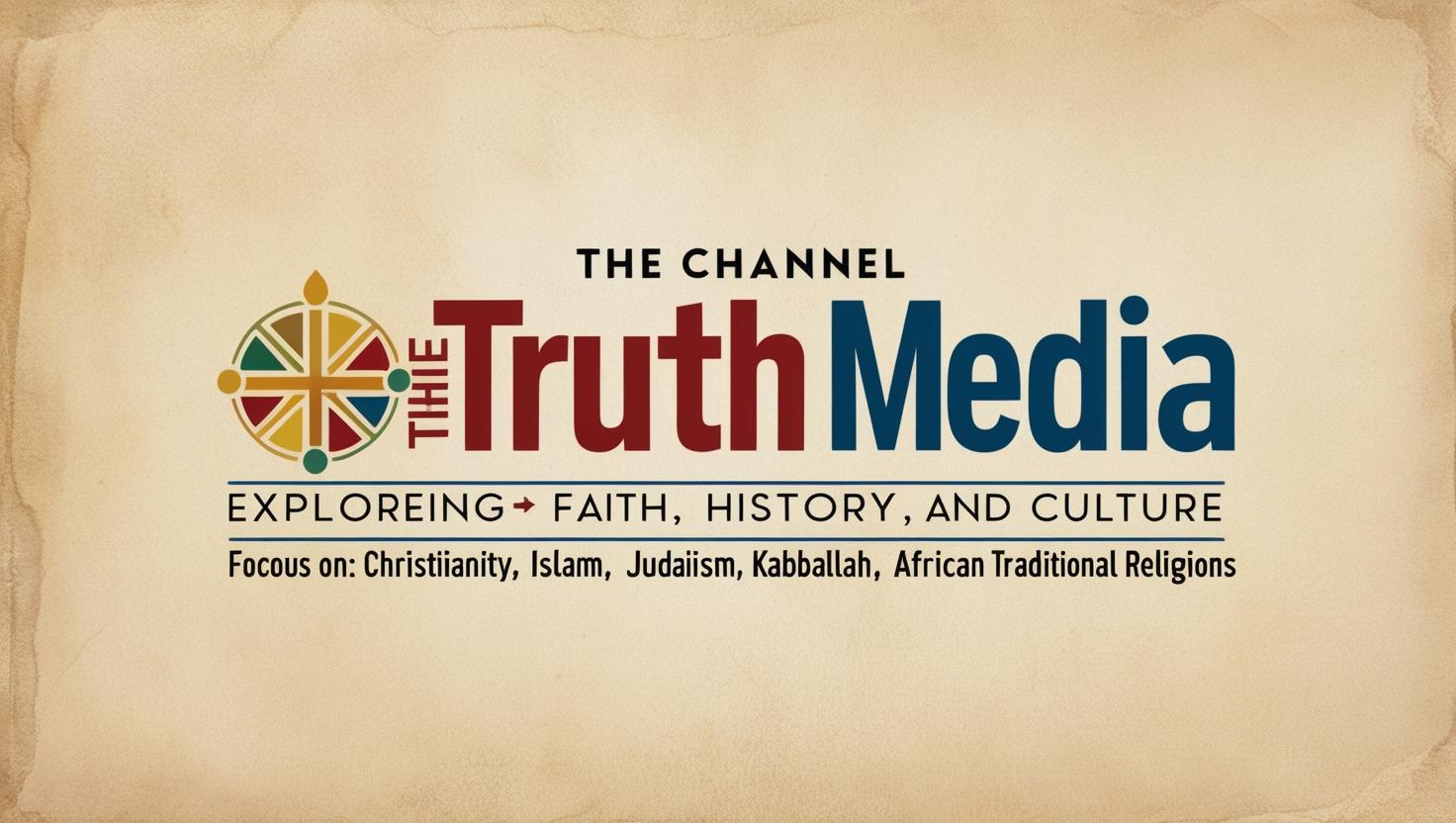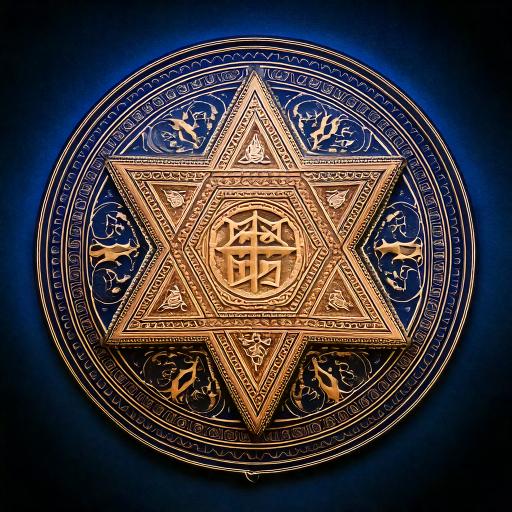Kabbalistic symbols have fascinated seekers of spiritual wisdom for centuries. These symbols, steeped in ancient tradition, are more than artistic designs—they hold profound mystical meanings and energies. Each symbol offers a gateway to deeper spiritual understanding, meditation, and transformation. Let’s explore the secrets of these symbols and their roles in Kabbalistic practices.
Decoding the Star of David in Kabbalah
The Star of David, or Magen David, is one of the most recognizable symbols in Jewish mysticism. In Kabbalah, it represents the balance between opposing forces—the divine and the earthly, the spiritual and the physical.
Composed of two interlocking triangles, the upward-pointing triangle symbolizes the ascent of the soul toward the divine. The downward-pointing triangle reflects divine energy descending into the physical world. Together, they illustrate harmony, unity, and the interconnectedness of all creation.
Kabbalists use the Star of David as a tool for meditation, visualizing the merging of divine light with their inner being. This practice can help individuals achieve a sense of balance, clarity, and alignment with higher spiritual truths.
The Protective Power of the Hamsa Hand
The Hamsa Hand, also known as the Hand of Miriam, is a symbol of protection, blessings, and good fortune. In Kabbalistic thought, the five fingers of the Hamsa correspond to the five levels of the soul: nefesh, ruach, neshamah, chayah, and yechidah.
Adorned with sacred inscriptions or an eye at its center, the Hamsa is believed to ward off negative energies and the "evil eye." Its presence serves as a reminder of divine protection and the ever-present guidance of the spiritual realm.
Many Kabbalists incorporate the Hamsa into their daily lives by wearing it as jewelry or placing it in their homes. Meditating on its form can evoke feelings of safety and divine support, fostering a deeper connection to spiritual protection.
The Role of Hebrew Letters in Kabbalistic Symbolism
Hebrew letters are the building blocks of creation in Kabbalistic teachings. Each letter is infused with divine energy and carries specific spiritual vibrations. The 22 letters of the Hebrew alphabet correspond to the sefirot, the channels of divine energy that shape existence.
For instance, the letter Aleph symbolizes unity and the oneness of God, while Bet represents creation and duality. By meditating on these letters, practitioners can tap into their inherent energies and align themselves with the divine blueprint.
Kabbalists often use sacred combinations of Hebrew letters, such as the 72 Names of God, to unlock spiritual insights and invoke divine assistance. These mystical tools serve as a bridge between the human and the divine, offering profound opportunities for growth and transformation.
Using Symbols for Meditation and Spiritual Growth
Kabbalistic symbols are powerful aids in meditation and personal development. They act as focal points, guiding the mind toward higher states of awareness and spiritual alignment. By contemplating these symbols, practitioners can access deeper levels of their soul and connect with divine energies.
For example, meditating on the Star of David can help balance conflicting emotions or thoughts, fostering inner harmony. Focusing on the Hamsa Hand can evoke feelings of protection and strength, while visualizing Hebrew letters can inspire clarity and spiritual awakening.
Incorporating these symbols into daily practices, such as journaling, prayer, or creative visualization, enhances their impact. Each symbol serves as a reminder of the divine presence in our lives and the infinite potential within us.
Kabbalistic symbols are more than artistic expressions; they are gateways to profound spiritual insights and transformative energies. By understanding and engaging with these symbols, we can unlock their mystical power, deepen our spiritual practices, and foster a closer connection to the divine. Let these ancient symbols guide you on your journey to self-discovery and enlightenment.

